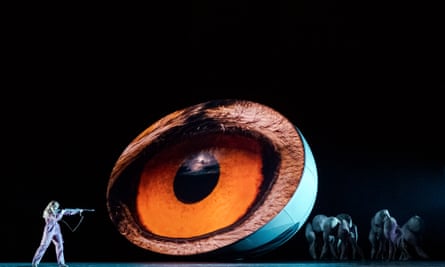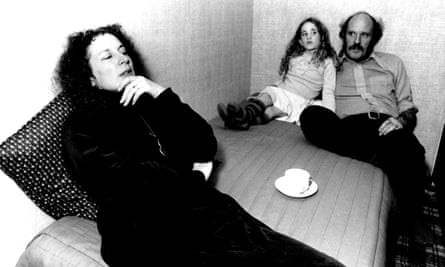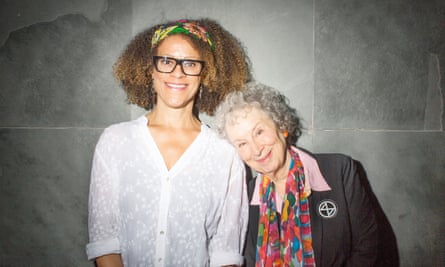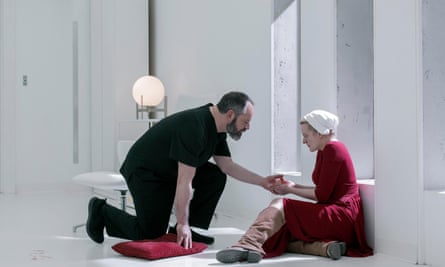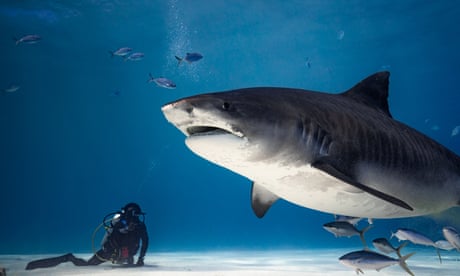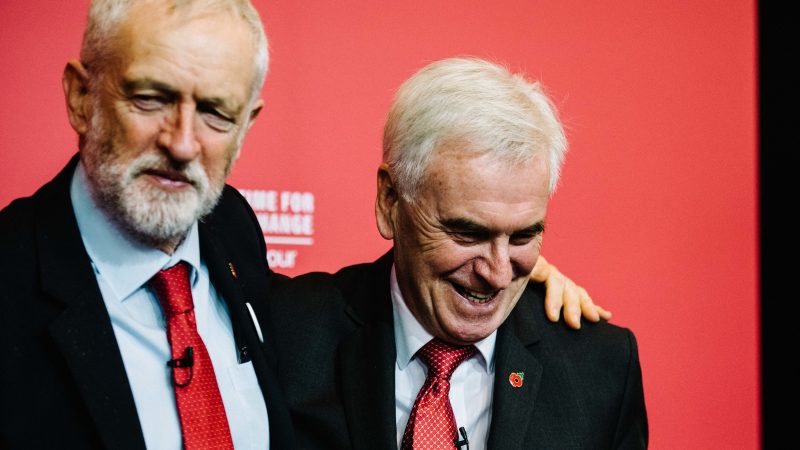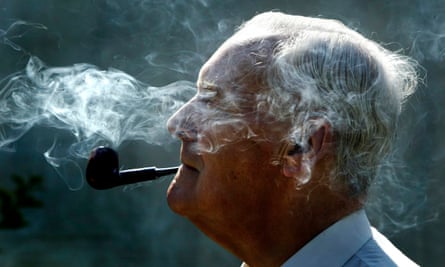Government investigation into wartime atrocities on Channel Island will ask why Nazi perpetrators never stood trial in Britain
Martin Bright and Antony Barnett
The government inquiry into Nazi wartime atrocities on the Channel Island of Alderney has been extended to investigate why none of the Nazi perpetrators responsible for the crimes was put on trial in Britain, the Observer can reveal.
Originally set up to review the number of victims in camps on the island, the inquiry will release a report later this month revealing the full scale of the “unspeakable and unimaginable brutality and sadism” that occurred on British soil.
New evidence seen by the inquiry, which began in July last year, includes historic documents from the United Nations War Crimes Commission that describe the atrocities on Alderney as “systematic terrorism” involving “murder and massacre” and the “torture of civilians”.
In 1981 it was disclosed in this newspaper by author Solomon Steckoll that the senior Nazi officers responsible for the mass atrocities on Alderney were living freely in Germany.
The inquiry has been examining whether there was a government cover-up at the time to ensure the full extent of the horrors was kept from the British public.
A panel of more than a dozen experts brought together by the UK’s Holocaust envoy, Lord Pickles, will conclude that many hundreds of prisoners were killed in Nazi camps on the island but will accept that it is impossible to come to an exact figure due to problems with documentation. The corpses of victims were often dumped in the sea and many more sick slave labourers died after being transported to extermination camps on the mainland after they had been worked to exhaustion.
Most of the victims were slave labourers from Russia brought to the island to build Adolf Hitler’s so-called Atlantic Wall concrete defence network, but other victims were from 20 countries including France, Spain, Germany and Poland.
The inquiry will disclose details of the hundreds of Jews rounded up by the Nazis and transported to Alderney, many of whom were French. While many survived, they were subjected to horrific treatment in the camp including starvation and punishment beatings. While there was no mass extermination camp on Alderney, one concentration camp was run by the notorious Death’s Head Unit of the SS responsible for administering the Final Solution.
After an Observer report last July, Pickles invited Prof Anthony Glees, an expert in security and intelligence, to investigate why no war crime trials of those responsible for the deaths on Alderney took place.
A postwar British military investigation carried out on Alderney into the atrocities provided an extensive list of Alderney war criminals alongside evidence of their crimes. These criminals included the island’s commandant, Major Carl Hoffman, who was in British custody. But in July 1945 the British government took the decision not to prosecute.

Prof Glees, who was adviser to Margaret Thatcher’s Nazi war crimes investigation in the 1980s, has been conducting a full review of historic government records to understand why the British state did not prosecute the war criminals identified by military intelligence.
At the time, the Moscow Declaration signed by Winston Churchill, US president Franklin D Roosevelt and Soviet leader Joseph Stalin made it clear that those responsible for Nazi atrocities should be tried in the country where the crimes were committed, but this international agreement appears to have been ignored when it came to Alderney.
Glees said: “What is truly shocking and needs to be emphasised is that, beyond the numbers, it is absolutely true that the Nazis brought their exterminatory mindset to Alderney and were involved in the most unspeakable and unimaginable brutality and sadism on the island that led to many deaths. Lord Pickles asked me to find out why those responsible were not brought to justice.”
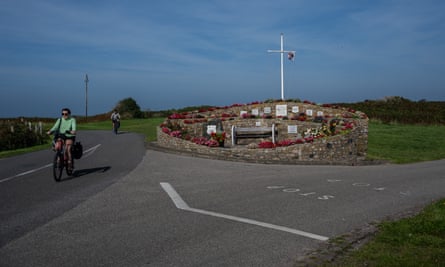
The issue is particularly sensitive as the UK took over as chair of the International Holocaust Remembrance Alliance (IHRA) this year. The full scale of atrocities under the Nazi occupation of the Channel Islands will also have to be addressed in the Holocaust memorial and education centre planned for Victoria Tower Gardens in Westminster.
Pickles explained to the Observer why he had extended the remit of the Alderney inquiry: “This is important not just because these events happened on British soil, but because the barbarity and inhumanity were felt with full force here. From the very beginning, the big question was why there were no war crimes trials for the atrocities committed there.”
As part of the inquiry’s review, the international war crimes expert Prof Dan Plesch has also provided evidence that further opportunities to bring those responsible to justice were missed by the British government. After the war, both the Czech and French authorities were keen to launch prosecutions concerning war crimes on Alderney.
Plesch’s dossier of evidence from the United Nations War Crimes Commission, which operated from 1943-48, includes a document describing the atrocities on Alderney as “systematic terrorism” including “murder and massacre” and the “torture of civilians”.
One document from the British war crimes branch reveals a charge sheet against 25 alleged war criminals on Alderney and includes testimony from Czech prisoner Robert Prokop that described how lethal injections were administered to prisoners.
Prokop said: “All the accused were responsible for and participated in the atrocities committed to the prisoners. The prisoners were brutally beaten and inhumanly ill treated. Many of them were murdered. Ill prisoners were killed by injections.”
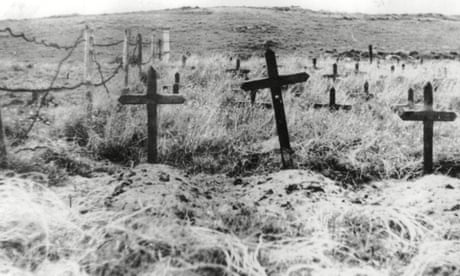
Himmler ordered mass execution of prisoners in only Nazi camp on British soil, documents reveal
Plesch said: “Nazi crimes on Alderney, including extermination and casual shootings, were indicted by an international legal authority in the 1940s that Britain led. The accused should have been tried in a British court for crimes committed on British soil under British war crimes law.”
Dr Gilly Carr, from Cambridge University, who is coordinating the panel of experts, said: “It is important to have a review of the number of victims and whole labourer population in Alderney because this was becoming a subject of increasing – and increasingly wild – speculation in recent years. For the sake of the victims and all of those who endured conditions on the island, it has been vital to bring together a specialised team of experts to scrutinise all available information from across Europe and beyond.”
Marcus Roberts, a Jewish historian who has been campaigning for full disclosure of the scale of horrors on Alderney, said: “I hope the review will deliver a totally candid report to finally end the UK cover-up of German war crimes on Alderney and give real closure to the affected communities after 80 years.”
The inquiry will make its findings public towards the end of the month. The precise date and location of the inquiry are being kept confidential for security reasons given the sensitivity of the subject.


